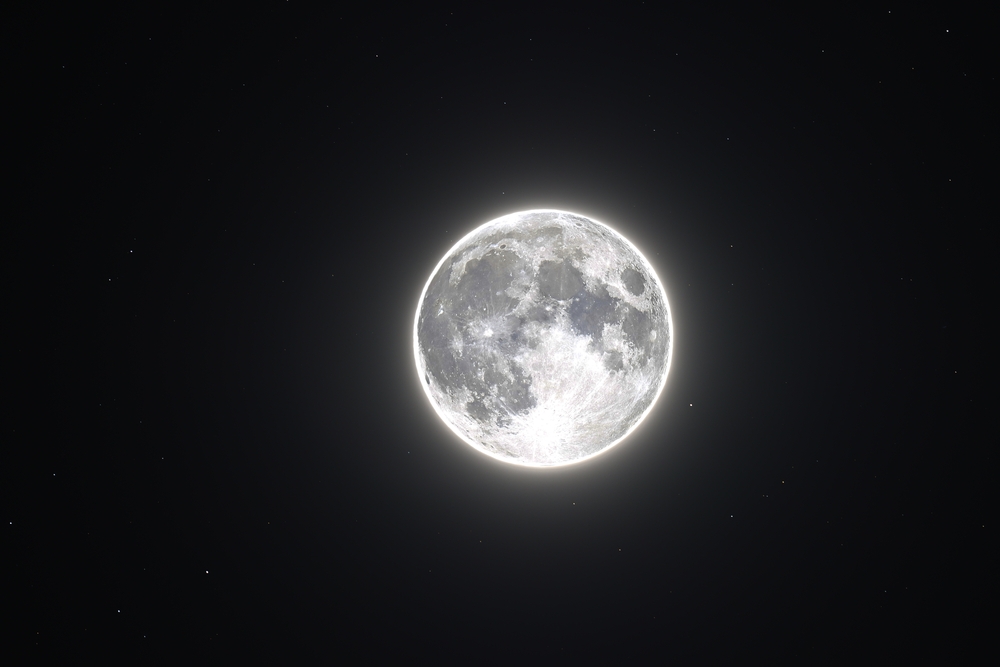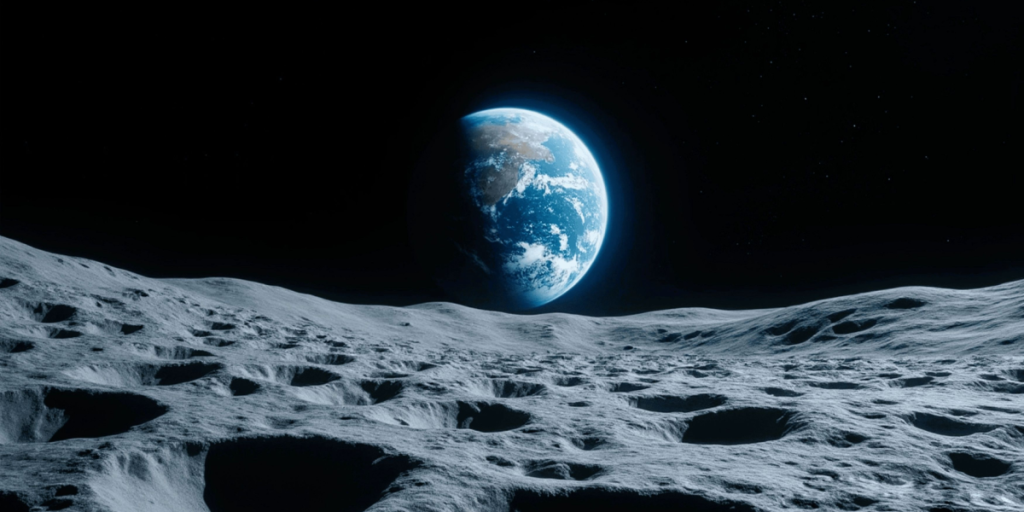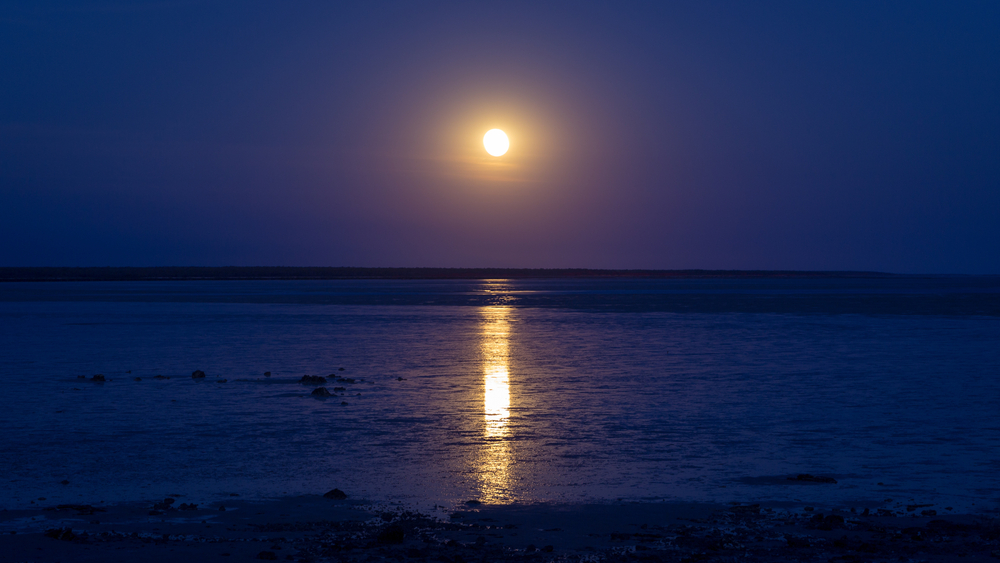A Night to Remember
Others are reading now
A Night to Remember
The Magic of the Moon

Throughout history, the Moon has fascinated humanity with its changing light and mystery. Every full moon brings a sense of wonder, inspiring stories, traditions, and moments of quiet reflection.
Yet some full moons capture our attention more than others — especially when they appear larger and brighter than usual. This November, the Moon will once again take center stage, reminding us how dynamic our closest celestial neighbor truly is.
The Biggest Full Moon of 2025

According to Space.com, the Moon on November 5, 2025, will be the closest and brightest full moon of the year. Known as a supermoon, it will reach its nearest point to Earth — called perigee — at 221,726 miles (356,833 kilometers) away at 5:30 p.m. EST (2230 GMT).
Just over nine hours earlier, it will officially turn full. Although the full moon technically lasts for only an instant, to the naked eye it appears full for roughly a day before and after, as the change in illumination is barely noticeable.
Also read
The Illusion of Size and Brightness

Space.com explains that the so-called “supermoon” effect often leads observers to expect something extraordinary — but the difference is subtle.
The Moon’s distance from Earth changes slightly each month, and this particular perigee makes it about 3% closer than an average full moon. However, that translates to only a 0.2 to 0.3 magnitude increase in brightness, barely perceptible to the human eye.
Many observers may convince themselves that the Moon looks larger, especially when it’s near the horizon, due to the “moon illusion” that exaggerates its apparent size.
The Tides Respond to the Supermoon

The near coincidence of this full moon with perigee will have a tangible effect on Earth’s oceans. Space.com reports that this event will cause perigean spring tides — extremely high and low tides caused when the Sun, Moon, and Earth align.
Because the Moon will be 12.2% closer than at apogee, it will exert about 46% more tidal force.
Also read
The result: stronger coastal tides, which may increase the risk of flooding or low-water events depending on weather and location. For instance, high water levels are expected to peak in the days following perigee along the U.S. East Coast.
The “Supermoon” Debate

As Space.com notes, the term “supermoon” has become somewhat overused. The Moon reaches perigee every month, and in some years several full moons — or even five — may meet the criteria.
Astrophysicist Neil deGrasse Tyson humorously compared the phenomenon to “turning a 14-inch pizza into a 15-inch pizza,” suggesting that while it’s technically larger, the difference is hardly dramatic.
The fascination, however, lies not in its measurable change, but in how such celestial events capture public imagination and bring people outside to look up.
A Night to Look Up

Whether or not the supermoon seems brighter or bigger, its beauty remains undeniable. On November 5, the Moon will rise like a glowing lantern, inviting millions to pause and appreciate the cosmos.
Also read
Such moments remind us that even in our busy, modern world, we remain deeply connected to the rhythms of the universe. The full moon’s light may not truly transform the night — but it transforms the way we see our place beneath it.


